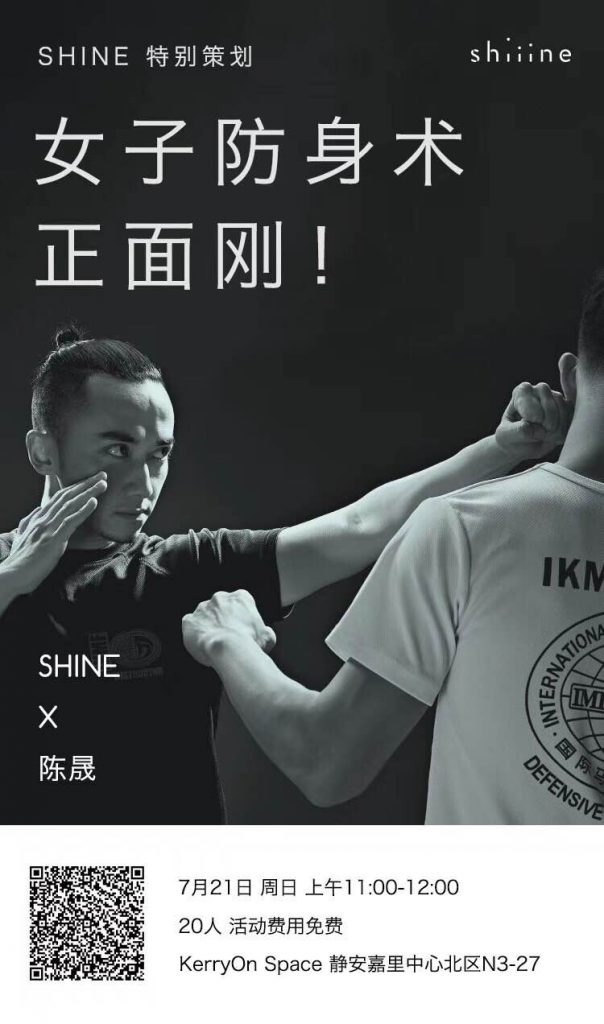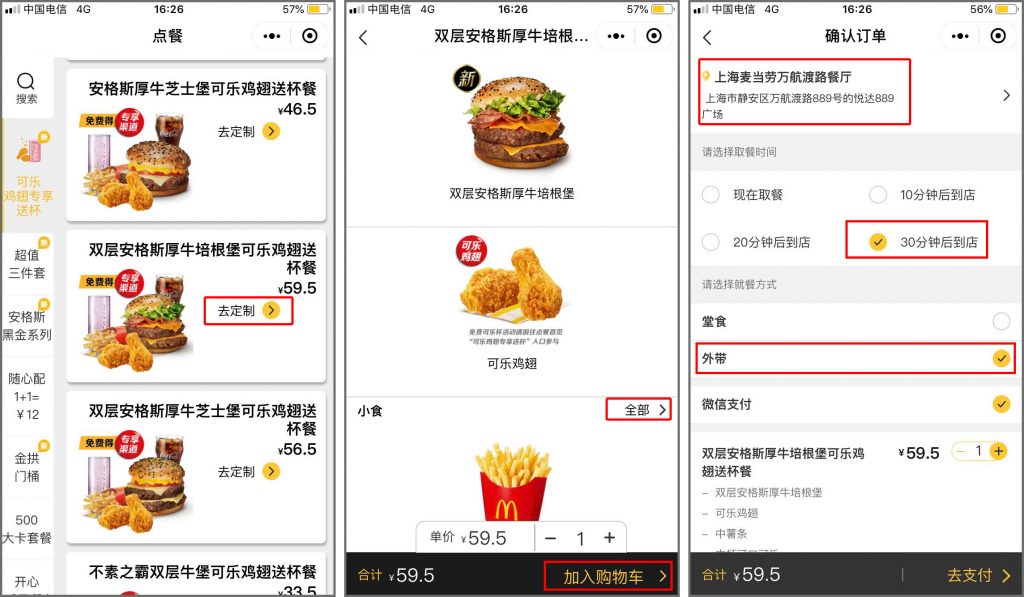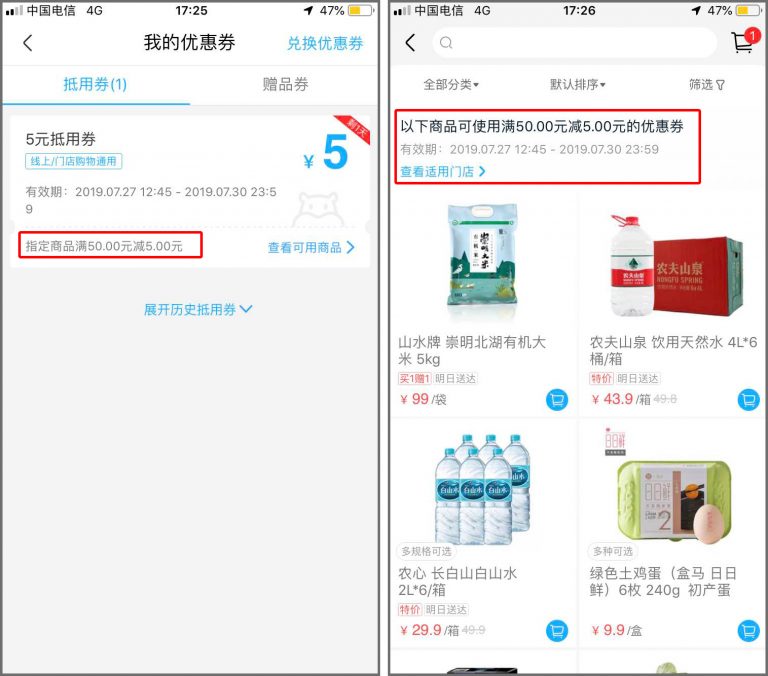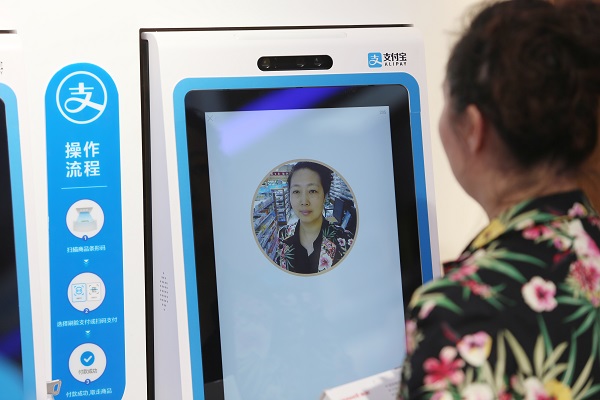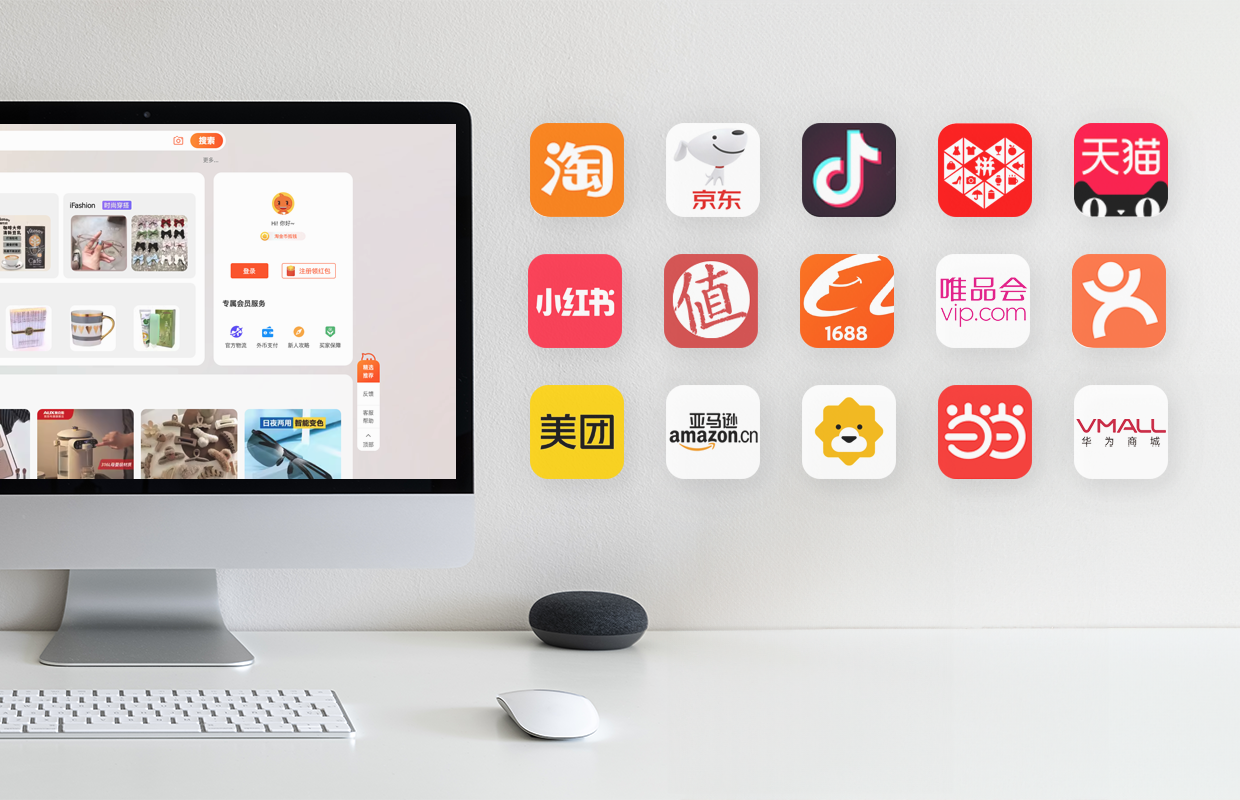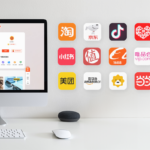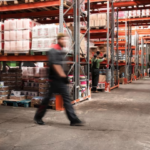In China, the New Retail era has well and truly arrived (not up to speed? Check out Three Simple Steps to Succeed in China's New Retail EraO2O is giving way to New Retail in China. How can this new era of hybridized mobile and offline retail help your business succeed?last week's article on the subject!). Now, new kinds of New Retail business models seem to emerge with each passing week. But each model seems to refine the New Retail concept in a different direction, whether that's a focus on user experience, ease of use, or efficiency. These different directions make us ask ourselves again - what exactly is the New Retail concept? In this article we return to the essence of the New Retail concept. Additionally analyze how to revitalize the most important online and offline interaction modes. And of course, we keep in mind how to enhance both user acceptance and revenue growth.
Offline Shopping, Online Delivery
First off, let's break down this model. One representative example is when a user goes food shopping. They want to buy fresh fruits and vegetables for the next few weeks. However, they can't buy them all on the day or else some will get old or go bad. Likewise, they don't want to make multiple visits to the store in those weeks. Therefore, users go into the store just the once, and during the offline purchasing process they select when they would like each item delivered to their home. It also means they don't have to carry too many heavy bags on their way home!
This model has a major advantage over purely making these purchases online - the customer gets to go to the store and check the quality of their items for themselves. This in turn helps customers more easily trust the products and the brand. These customers may even then begin to order solely online, having now felt the brand has earned their trust.
The emerging trend of 'show-rooming' is another classic example of this model. Customers visit a clothing store to see how clothes look on them, how well each size fits, how well different outfits match, and so on. Then, having gathered enough information, they proceed with their order online - typically for ease of delivery, or to take advantage of discounts.
Online Tickets for Offline Redemption
In this model, a brand launches coupons, vouchers, or event tickets online. One example might be a promotion like "99 RMB limited time all-you-can eat ticket". The promotional portion takes place online as the first step, and then the user visits the offline location to redeem their ticket and take part in the deal.
But a product purchase or meal ticket isn't the only way this model works. Fashion, beauty and lifestyle brands have also begun to share tickets online for offline events like fashion consultations or even self-defense classes. Such promotions are growing in popularity on brand Mini-Programs, fusing further innovative elements into the business model.
A ticket for a self-defense class is offered online
Online Payment, Offline Collection
The most typical example of this model is scheduling. For example, on your way to work, you can place an order online for your breakfast or coffee with a cafe along your route, and have it be ready for immediate pickup as you pass by the cafe. This means it takes only seconds to pick your order up and doesn't mean you have to waste time lining up, placing your order, and waiting for it to be made. Which can be the difference in being late for work or right on time!
MacDonald's Mini-Program for scheduling an order for offline pickup
Another specific and increasingly common example all over the world is fast food ordering. By accessing the app or Mini-Program while in or near to a MacDonald's, you can place an order and go collect it at the restaurant you're in or near to at the time you scheduled it to be ready at. Again, you skip the whole lining up process and can pick it up at the most convenient time without a second wasted.
Increasingly in this latter scenario we're also seeing quality of life improvements. For example, fully customizable orders where you can specify how many sachets of ketchup or straws you want to be provided.
Targeted Online Promotions
It is important for brands in the New Retail era to offer unified, omni-channel pricing. However, to boost specific channels, brands can also launch channel-specific coupons or promotions.
For example, if a brand chainstore opens up a new location, it can offer high-value coupons that can only be redeemed at this or other newly opened stores. This way, the brand entices shoppers to the newly opened location and helps that store establish itself.
Category-specific vouchers on offer online
If this example isn't that relevant to you or your brand, then consider a more basic use of the model. By posting category-specific coupons (such as coupons redeemable only on fresh fruit), brands can push specific product categories at specific moments. This allows for offering deeper discounts at key strategic moments without risking devaluing the brand as deep discounts applicable to all products can.
Smart Online and Offline Tech Integration
Smart technologies and hardware are key to reshaping online and offline experiences. They can make online experiences smoother, and improve the quality and reliability of smart products. This is especially true of new technologies like machine learning and big data analysis.
From an online experience perspective, we can see a good example in WeChat. WeChat's social media ecosystem with its Mini-Programs and short videos is able to strengthen social shopping and word-of-mouth sharing. This helps product exposure and can help promotions really take off. In addition, online store functionality and smooth-as-silk user experience also further enhance these effects. Therefore, Mini-Programs have become an overnight success and a mainstream choice for brands in the New Retail era.
Facial recognition technology in-store
When it comes to product efficiency, technologies such as facial recognition and RFID have proven beneficial. Meanwhile, tech has enhanced the efficiency of SKU stocking and display to further improve organizational efficiency.
Payments are also a space where tech is helping. eWallets, face-verified payments, and near-field communication all help make the shopping journey quicker, easier, and safer for consumers.


